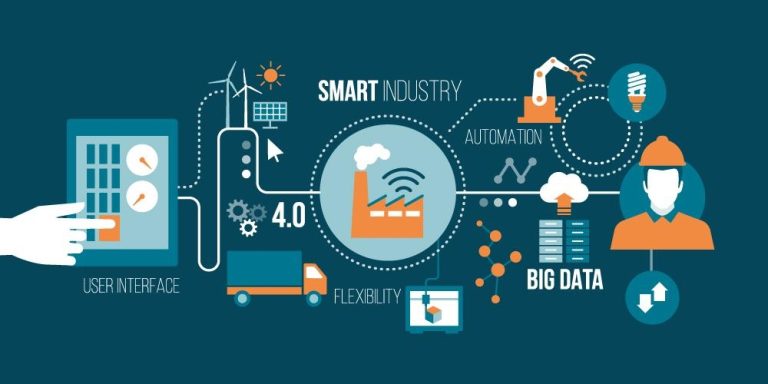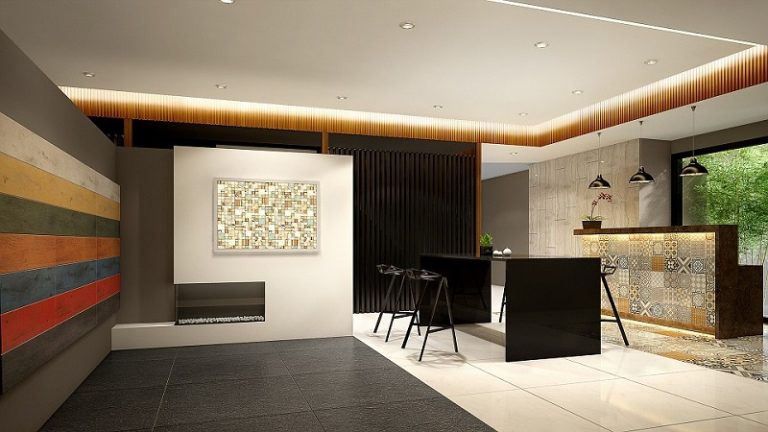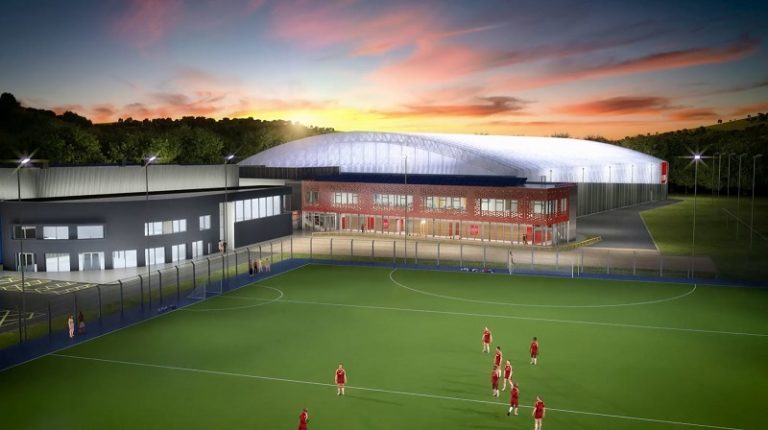Your home is the place you turn to when the busy life outside of it gets a bit too much. For this reason, it should give you a feeling of calm when you enter it, as well as making you more productive and efficient. So how can you make your home even more cosy and relaxing? 1. Lightning More and more people have started using fairy lights to cover their walls because they make the rooms more comfortable and welcoming. It might be time consuming, but it is definitely worth it. The lights can be purchased online or from retailers like Primark, which offers really cheap options. After you’ve installed them on the walls don’t forget to add photos, cards, or anything you have in your house. 2. Warm Metals Moving on into the kitchen, warm metals such as bronze, copper, and rose gold can instantly warm up your house and create a rustic, country feeling. You can hang cutlery or other utensils on kitchen walls, or buy objects made out of these warm metals for your bedroom and bathroom. 3. Textures Textures patterns can give your rooms more depth and dimension, so consider purchasing throws, pillows, rugs, or even a wall hanging. However, textures really do stand out so make sure you feel comfortable with what you choose. 4. Soft Furnishings When you think of the term ‘cosy’ the first things that pop into your head are pillows and blankets, so make sure you have plenty. Use them to cover your bed or sofa, and why not even make your own reading space on a comfy chair with a fluffy pillow and a soft blanket? 5. Fireplace If you are lucky enough to own a fireplace then make sure you light it up more often, because it really makes a space feel cosier. If not, why not invest in an electric one, or, if that is not an option for you, go on YouTube, find a video of burning logs and connect it to your laptop or TV. You can even hear the sound of burning logs, or opt for some classical music.












